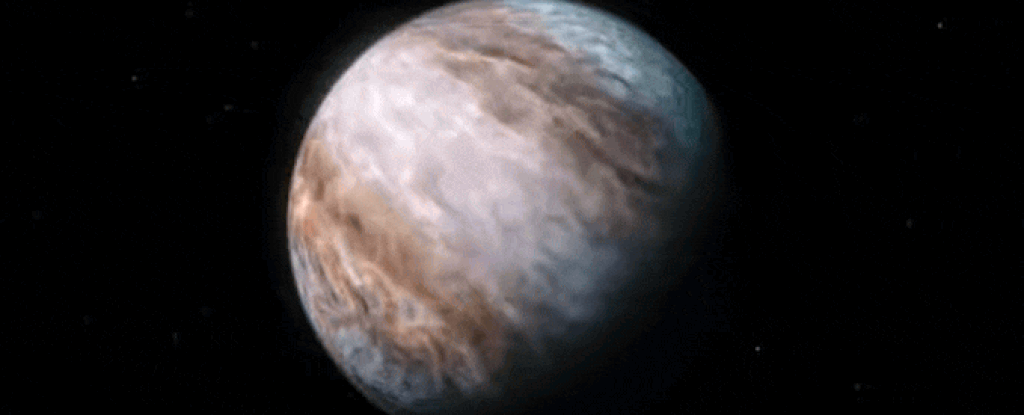Earth’s day-night cycle is defined precisely, each a span of 24 hours before the next begins. Such is the yardstick by which we live our lives, strictly adhering to the ticking of the clock.
Earth, however, is not precise. Our planet is a big wobbly gooey ball rocketing around the Sun at a breakneck speed of 107,000 kilometers (67,000 miles) per hour, orbited by a large satellite exerting a gravitational tug of its own. The rotation of the planet, therefore, does not adhere strictly to the 24-hour timeframe.
Many of the fluctuations in the length of Earth’s day have known causes. But on scales of decades to millennia, scientists have noticed a miniscule fluctuation in the length of the day which is a little more difficult to pin down.
Now, a team of geophysicists from ETH Zürich in Switzerland thinks they have found the answer in Earth’s molten iron core, with tiny alterations affecting the planet’s rotation.
There are several different fluctuations contributing to variations in the length of Earth’s day. One is around 1.72 milliseconds per century, caused by the Moon and the slow bouncing of Earth’s crust where ancient ice once weighed it down. Changing water volumes can also affect Earth’s rotation as mass shifts around under its surface, as can ice volumes.
On decadal scales, a fluctuation of 2 to 3 milliseconds has been linked to large-scale flows in Earth’s fluid core.
But there’s another fluctuation of about 3 to 4 milliseconds every thousand years, and its cause is unclear.
The fluctuation’s timing is consistent with movement at the core-mantle boundary, but a previous 2006 effort to link the model with the observational data was not entirely successful.
As researchers from ETH Zürich point out, both theoretical modeling techniques and the collection of observational data have improved significantly since. So they decided to take another crack at it.
Now, this is no mean feat. In order to accurately identify the correct fluctuation, the team needed to subtract all the other known fluctuations. This meant painstakingly modeling the shifts of ice and water volume and determining how they alter Earth’s spin. The effects of the Moon’s pull and Earth’s elastic crust also need to be taken into account. What’s left over can then be carefully studied to look for signs of the core’s influence.
The researchers used a neural network, along with measurements of Earth’s magnetic field obtained from rocks, and modern measurements of the magnetic field.

They also used a previous paper that provided a comprehensive history of Earth’s rotation based on eclipse data and lunar occultations – in which the Moon obscures a planet or star – all the way back to 720 BCE.
Their results suggest the influence of shifts in Earth’s mass of ice and water were much smaller than previously thought. Moreover, the fluctuations on millennial timescales were consistent with a simplified model of the magnetohydrodynamics of Earth’s outer fluid core.
That doesn’t mean we can close the chapter on this little mystery. Measuring something so subtle and identifying its root cause isn’t easy, and there’s definitely a margin of error. The team’s results show that we need to look much more closely at our planet if we want to figure out all the little influences that make it wiggle in its rotation. And we’re going to need a bigger dataset.
“Our results show the importance of internal geodynamics on long-period length-of-day fluctuations, particularly due to the fluid motion in the Earth’s outer core,” they write in their paper.
“However, with remaining shortcomings – including the lack of a comprehensive physical model to take various components of the core dynamics into account – there is ample motivation for improving the currently available models of the Earth’s core.”
The research has been published in Geophysical Research Letters.





